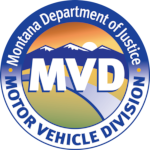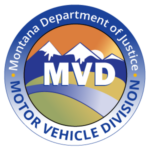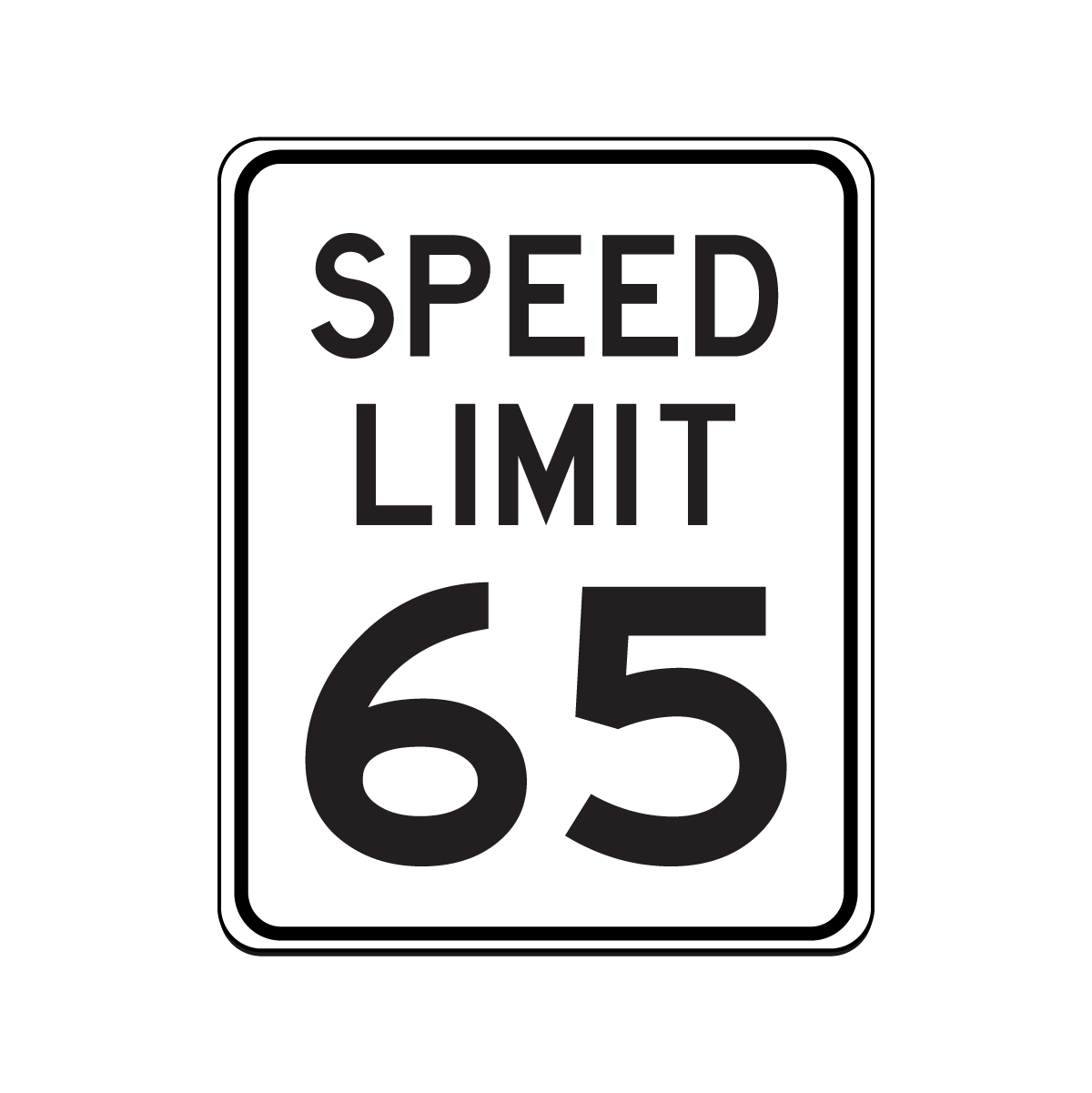Each year in Montana, over 200 people die in traffic crashes; far too many. There are a few things we can all do to protect ourselves and our children—always wear seatbelts, drive within the speed limit, and don’t drink and drive. These are simple measures that save lives.

Driving under the influence (DUI) of alcohol, drugs or both is more than illegal—it can be deadly.
Driving Under the Influence
Driving under the influence (DUI) of alcohol, drugs or both is more than illegal—it can be deadly.
In Montana there are a number of laws related to impaired driving, but here are a few basics:
- At this time, the alcohol concentration limit in Montana is .08, with the number referring to grams of alcohol per 100 milliliters of blood or grams of alcohol per 210 liters of breath. For drivers under the age of 21 it is .02.
- Drivers in Montana are considered to have given consent to blood or breath tests to determine the presence of alcohol or drugs. An arrested person may refuse to submit to such a test, but Montana law then allows a peace officer to seize the driver license. The license may then be suspended or revoked and the length of the suspension depends on whether it is a first refusal or second or subsequent refusal.
- The penalties for a first-offense drunk-driving conviction include up to six months in jail and a fine of up to $1,000. Parts of the imprisonment may be suspended, pending the completion of a court-ordered chemical dependency program.
- Vehicles may be forfeited on the second or subsequent DUI.
- A fourth or subsequent DUI is a felony.
The Montana DUI statutes begin at § 61-8-10, MCA.
Seatbelt Facts & Use
In 2009, 171 occupants died on Montana highways in crashes involving passenger vehicles. Over 62 percent of them—107 drivers and passengers—either didn’t use or improperly used their seatbelts. In all likelihood, most, if not all of the 68 people who were killed because they were partially or completely ejected would be alive today had they been wearing their seatbelts.
Buckling up on every trip—not just the long distance ones—can save lives. Not wearing a seatbelt doubles your chances of being seriously hurt in a crash. Remember that most accidents occur at speeds less than 40 miles per hour, often within 25 miles of home.
Seatbelts and air bags are meant to work together to keep drivers and passengers safe. The presence of air bags in a vehicle doesn’t mean seatbelts are unnecessary.
In the United States, auto accidents are the leading cause of paraplegia (from damage to the spinal cord).
§ 61-13-1, MCA requires the use of seatbelts by the driver and each occupant of each vehicle. § 61-9-420, MCA also requires child safety restraint systems for children under the age of 6 and weighing less than 60 pounds. A few drivers and passengers are excluded from the law (see Exemptions below), including people unable to use seatbelts due to a medical condition.
At this time, Montana does not have a “primary” seatbelt law. Under primary laws, law enforcement personnel may make traffic stops solely for failure to use a seatbelt.
The penalty for failure to use a seatbelt is $20. The penalty is not counted as a misdemeanor, it may not be counted as a moving violation—for purposes of suspending a driver license, for example—and it is not counted against a driver’s record.
The penalty for failure to use a child safety restraint system is a fine of not more than $100.
Why Buckle Up?
Seatbelts minimize the effects of vehicle crashes on the human body. In most crashes, there are two collisions. The first involves the vehicle striking an object, then buckling and bending until it comes to a stop. The second, the “human collision,” is more costly and damaging. When the body strikes a hard surface, it comes to a stop within a very short distance. Because the hard surface has little give, the human body must absorb most of the force of the impact. Properly adjusted and fastened seatbelts distribute the forces of the rapidly decelerating body over a larger area, while stretching to absorb some of the force. In addition, belts hold the body in place while the car crushes and slows down.
Whether a person is belted or not often becomes the difference between life and death. While researchers may differ by a few percentage points either way, figures from seatbelt studies reveal:
- Seatbelts can reduce the number of serious injuries by 50 percent.
- Seatbelts can reduce fatalities by 40 to 60 percent.
The Montana Department of Transportation provide a number of reports relating to seatbelt use in Montana. For a national perspective, visit Buckle Up America, the National Highway Traffic Safety Administration’s campaign to increase the proper use of safety belts and child safety seats.
Exemptions
Montana law allows the following exemptions:
- Federal Exemptions – Montana’s seatbelt law exempts occupants of motor vehicles not required to have seatbelts under federal law. The intent of this section is to exempt vehicles that are only occasionally moved on Montana roads and highways, such as farm tractors, road maintenance equipment and well-boring apparatus.
- Vehicles Manufactured Before 1968 – Motor vehicles manufactured before January 1, 1968, were not required by federal motor vehicle standards to have seatbelts. Drivers and passengers in these vehicles are not required to have or install seatbelts.
- Buses – Bus drivers of buses manufactured before January 1, 1972, are not required to use seatbelts. Nor are their passengers. (Buses under 10,000 lbs. gross weight and seating 10 or fewer passengers require seatbelt use.)
- School Bus Passengers – School bus passengers are not required to wear seatbelts. School bus drivers must wear properly adjusted seatbelts.
- Medical Exemptions – Drivers and passengers are not required to wear seatbelts when they have in their possession a written statement from a licensed physician stating that they are unable to wear a seatbelt for medical reasons. The certification of exemption for medical reasons must be issued on the physician’s letterhead stationery and include the patient’s name, date of birth and address, the date the exemption was issued, a clear statement of medical exemption from seatbelt use and the doctor’s signature. Generally, physicians are very selective in granting medical exemptions.
- Frequent Stops On The Job – Drivers who make frequent stops with a motor vehicle in their official job duties may apply for an exemption from the Motor Vehicle Division. Requests are reviewed on a case-by-case basis. Exemptions must be carried while on the job as proof for law enforcement. You can request a seatbelt exemption using Application for Seatbelt Exemption (MVD-SE1).
Speed Limits
Montana’s curvy, mountainous roads and weather—which can change quickly even during summer months—require drivers to be alert to conditions at all times and to adjust speeds accordingly.
Daytime speed limits are in effect from one-half hour before sunrise to one-half hour after sunset. Nighttime speed limits are in effect at any other time. The following speed limits went into effect May 28, 1999. These speed limits apply unless a road or highway is otherwise posted for construction or a local limit. Montana’s speed limit laws begin at § 61-8-303, MCA.
Cars and Lights Trucks Limits:
Heavy Trucks:
Careless and Reckless Driving
Laws prohibiting careless or reckless driving are in effect on Montana roads. These laws allow motorists to be stopped even if they are not exceeding the posted speed limit, if the speed at which they are traveling is considered too fast for conditions or dangerous to others on the road.
Careful and Prudent Driving
Montana law also requires motorists to operate their vehicles in a careful and prudent manner and at a reduced rate of speed, taking into account the traffic, weather, visibility and road conditions.
Drivers must operate their vehicles with regard for the safety of people and property and in such a manner that they do not endanger the life, limb, property or other rights of people entitled to use the highways.
Drivers must be aware of:
- the amount and type of traffic sharing the highway with them. The traffic may be heavy or light and may include trucks, cars, motor homes, farm equipment, motorcycles and bicycles.
- changing weather conditions—fog, snow, water and ice, for example—that affect visibility and road conditions.
- the type of vehicle being driven, particularly the condition of the brakes and the weight of the vehicle, which affects braking ability.
- the character of the highway the driver is traveling. Drivers should adjust their speed for hills or for winding and narrow roads.
- the presence of intersections, railway grade crossings or pedestrians.








